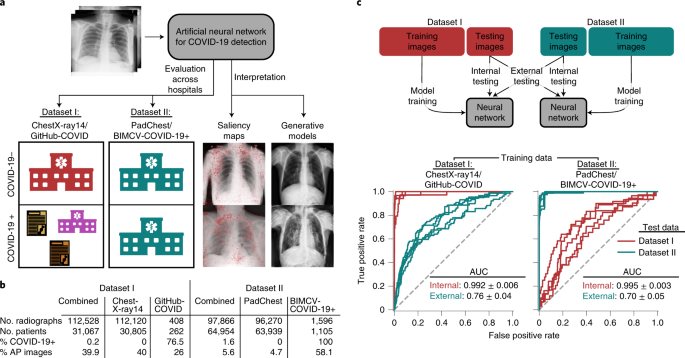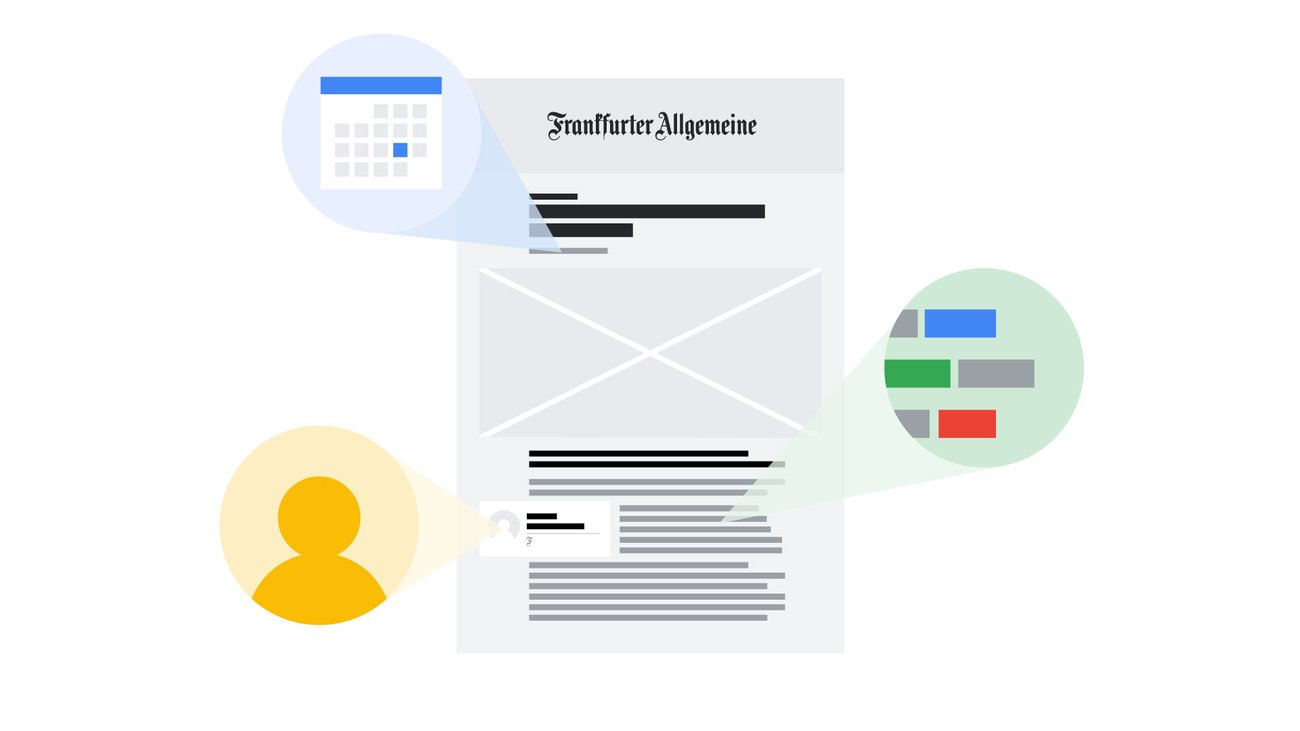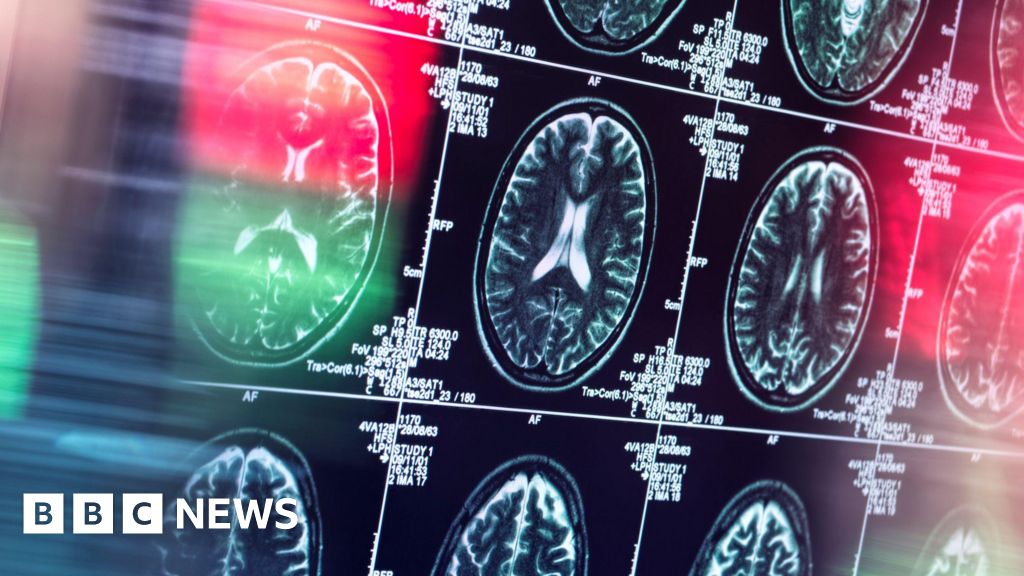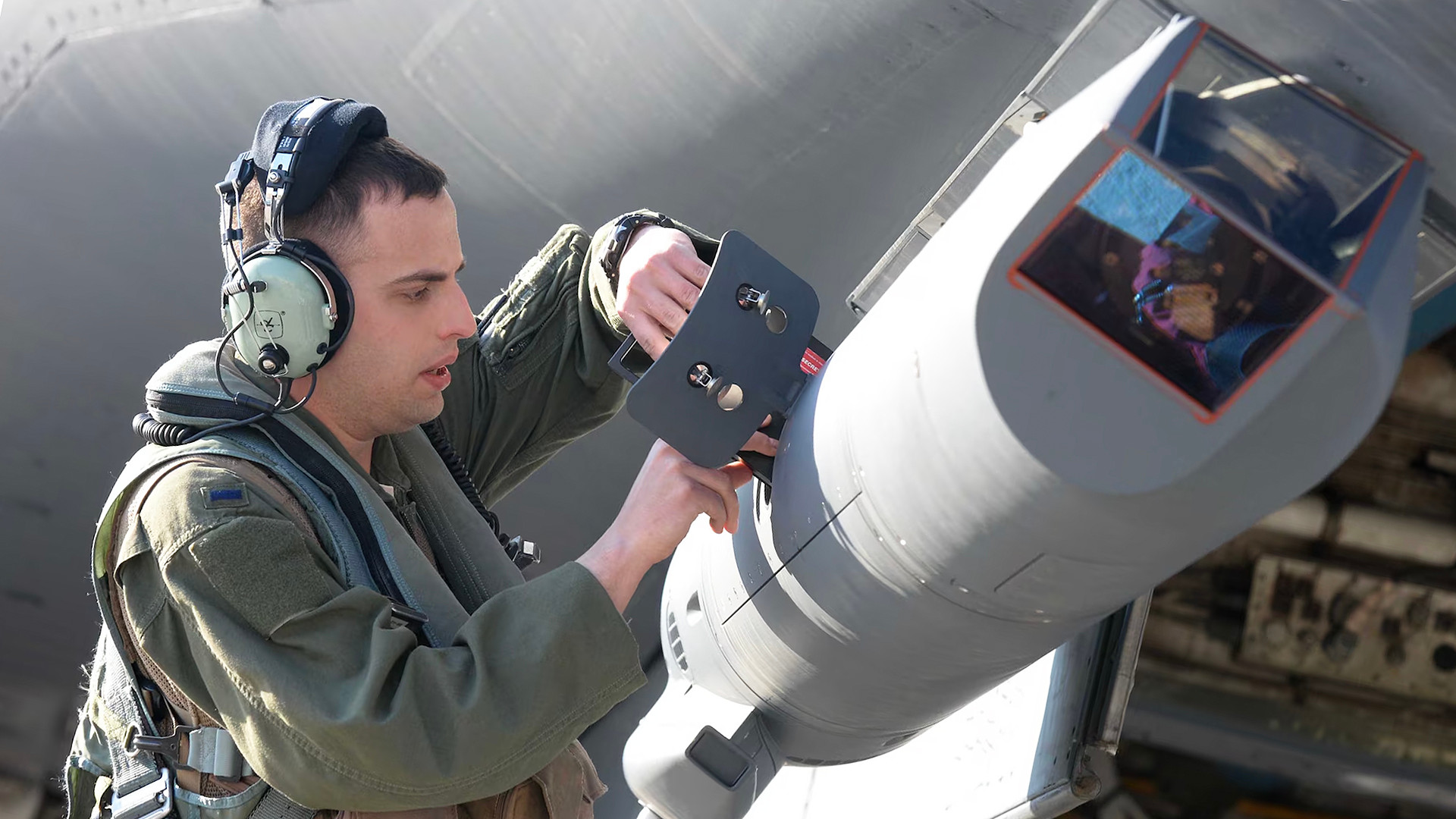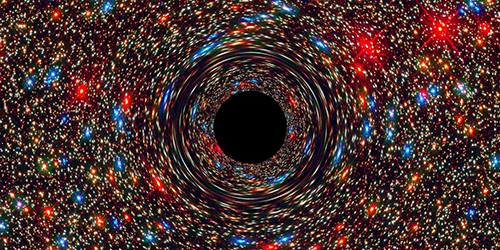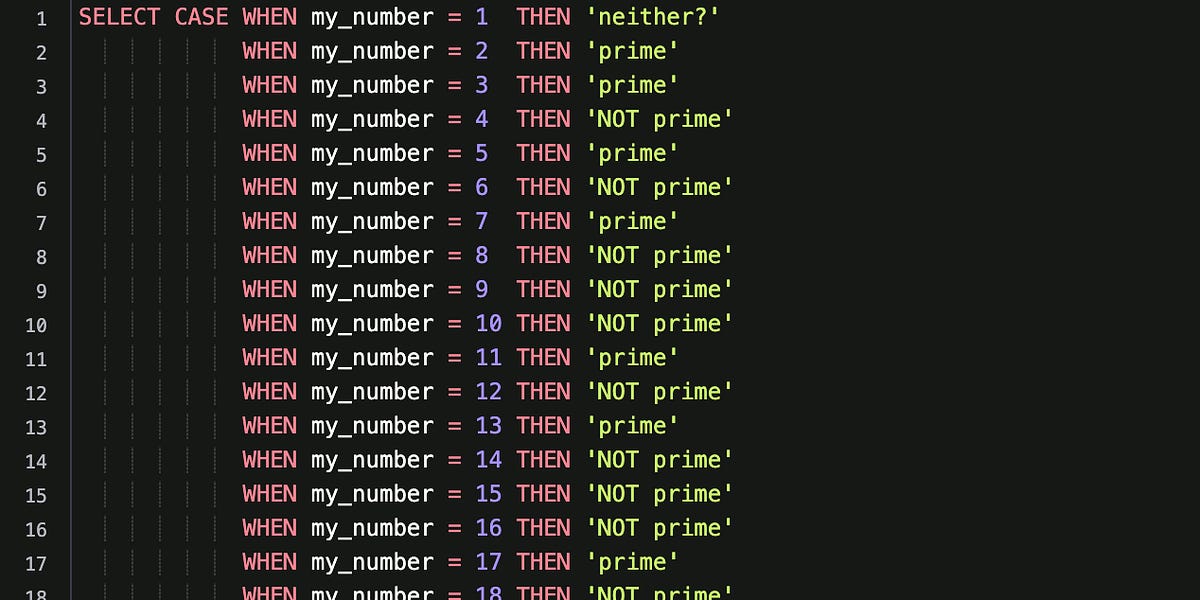
The Difference Between AI, ML and DL
In today's rapidly evolving technological landscape, terms like AI Artificial Intelligence ML DL, Machine Learning (ML) , and Deep Learning (DL) have become increasingly prevalent. However, while these terms are often used interchangeably, they encompass distinct concepts and applications. This article sheds light on the differences between artificial intelligence ML DL, exploring their definitions, use cases, and benefits.
Advancements in computing power, data availability, and algorithmic sophistication have propelled artificial intelligence ML DL to the forefront of various industries. Each technology represents a unique approach to achieving intelligent systems, albeit with varying levels of complexity and application domains.
AI is the simulation of human intelligence in machines to perform tasks that typically require human intelligence. It encompasses a broad field of study, focusing on developing intelligent agents capable of perceiving the environment, reasoning, learning, and making decisions. AI can be classified into two categories: Narrow AI (or Weak AI) and General AI (or Strong AI). Narrow AI systems are designed to perform specific tasks, such as image recognition or voice assistants. At the same time, General AI aims to possess human-like cognitive abilities across various domains.
ML is a subset of AI that focuses on developing algorithms and models that allow computers to learn from and make predictions or decisions based on data without being explicitly programmed. ML algorithms learn patterns, extract insights, and make predictions or classifications by iteratively processing large datasets. These algorithms are designed to improve their performance over time through experience without explicit instructions.

